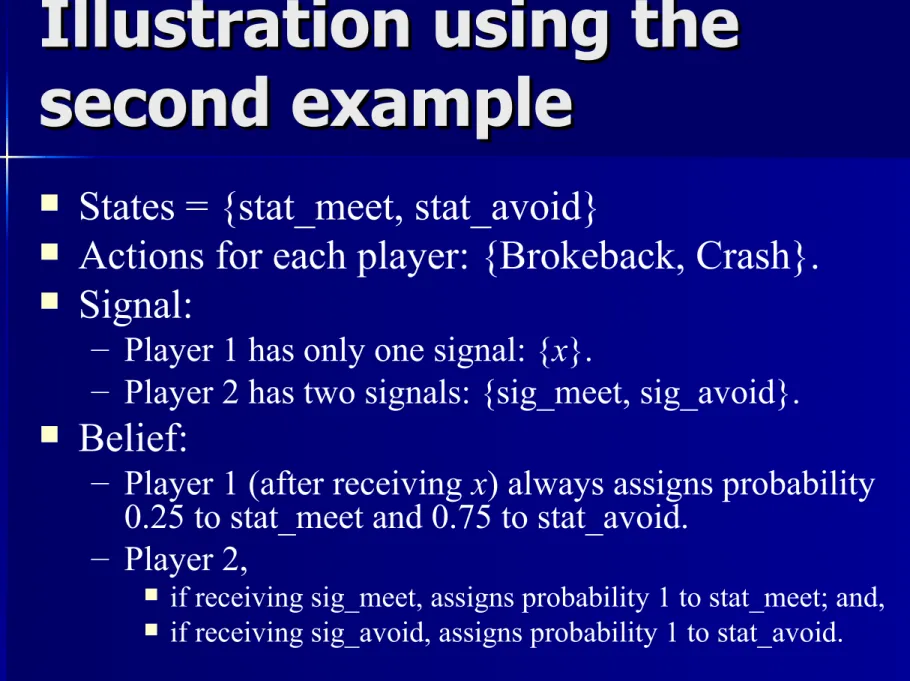Game Theory at Grace Baptist Church 貳
全文
數據

相關文件
In Section 3, the shift and scale argument from [2] is applied to show how each quantitative Landis theorem follows from the corresponding order-of-vanishing estimate.. A number
(Some campers may react faster than others to familiar words.) 5. The game can be repeated for a few rounds.. Before starting the game, the camp leaders show the campers both
Now, nearly all of the current flows through wire S since it has a much lower resistance than the light bulb. The light bulb does not glow because the current flowing through it
We can therefore hope that the exact solution of a lower-dimensional string will provide ideas which could be used to make an exact definition of critical string theory and give
If the skyrmion number changes at some point of time.... there must be a singular point
Researches of game algorithms from earlier two-player games and perfect information games extend to multi-player games and imperfect information games3. There are many kinds of
Midpoint break loops are useful for situations where the commands in the loop must be executed at least once, but where the decision to make an early termination is based on
⚫ Students should be able to create interactive user selection, such as the 2-level interdependent select list, pull down menu and click-to-expand menu. Students should be able